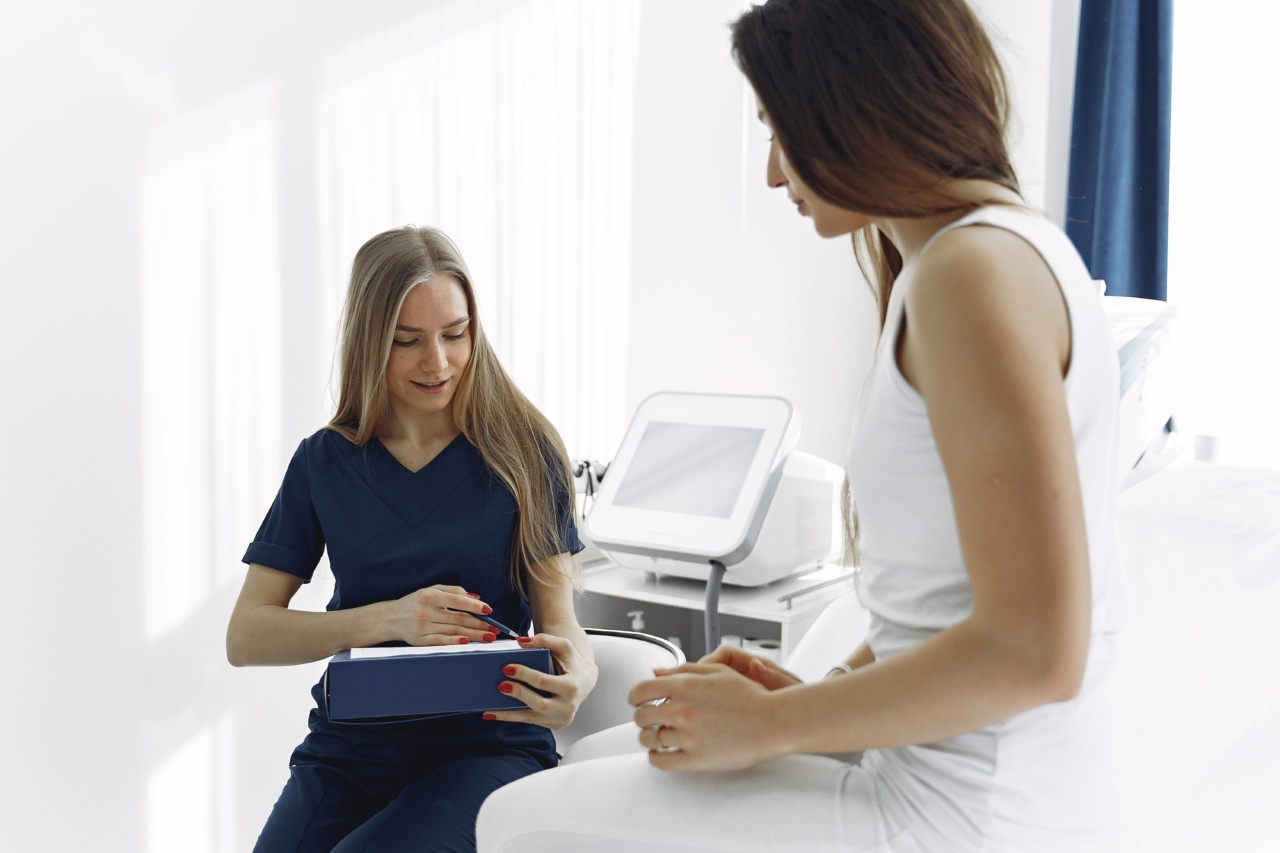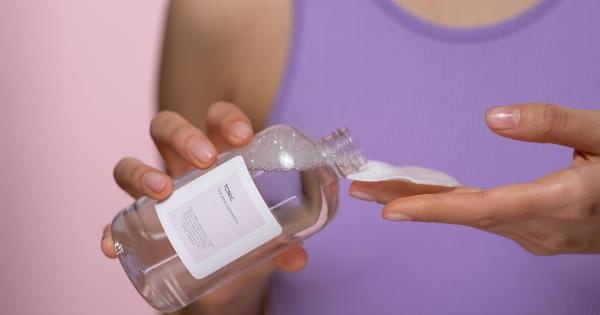Peripheral artery disease (PAD) is a condition that occurs when the arteries outside the heart, especially the legs, narrow down due to the accumulation of plaque. PAD reduces blood flow to the limbs, leading to pain and numbness.
It also contributes to delayed wound healing and inhibits recovery in women.
What is Peripheral Artery Disease?
Peripheral artery disease is a circulatory problem that affects more than 200 million people worldwide. It results from the buildup of fatty deposits (plaque) in the arteries, which supply blood to the legs, arms, and other organs outside the heart.
As plaque accumulates, it narrows the arteries’ passageways, reducing blood flow to the limbs and other parts of the body.
How Does PAD Inhibit recovery in Women?
Delayed wound healing is one of the consequences of PAD and can inhibit recovery in women. A decrease in blood flow due to PAD can lead to hypoxic wounds, which do not receive enough oxygen to heal.
As a result, women with PAD take longer to heal after surgery, injury, or illness than those without the condition.
Foot ulcers are a common complication of PAD, and they can develop when the skin on the feet breaks down due to reduced blood flow. Women with PAD are more likely to develop foot ulcers than men and take longer to heal from these ulcers.
Poorly healing ulcers can lead to gangrene and require amputation in severe cases.
PAD also affects women’s walking ability, leading to less exercise, which further exacerbates conditions such as obesity, high blood pressure, and diabetes.
These conditions can reduce blood flow, inhibit wound healing and impede recovery after an illness or injury.
Causes of PAD in Women
The causes of PAD in women are primarily linked to underlying health issues such as high blood pressure, high cholesterol, diabetes, and atherosclerosis.
Women who smoke, are overweight, or have a family history of PAD are also at increased risk of developing the condition.
Symptoms of PAD in Women
The symptoms of PAD in women are similar to those in men, but women are more likely to experience pain, cramping, and weakness in their legs than men. Some of the common symptoms of PAD in women include:.
- Pain, cramping, or numbness in the legs, calves, or hips
- Coldness or discoloration in the legs or feet
- Sore or slow-healing wounds or ulcers on the legs and feet
- Weakness or fatigue in the legs
- Hair loss or slow hair growth on the legs and feet
Diagnosis of PAD in Women
The diagnosis of PAD in women involves a physical examination, review of medical history, and imaging tests such as ultrasound or magnetic resonance imaging (MRI).
Blood tests may be done to check for high cholesterol, blood sugar, or markers of inflammation that could indicate the presence of PAD or other underlying conditions.
Treatment of PAD in Women
The treatment of PAD in women aims to manage symptoms, improve blood flow, and reduce the risk of complications such as stroke and heart attack.
Lifestyle changes such as quitting smoking, following a healthy diet and exercise routine, and maintaining a healthy weight can help manage PAD symptoms and improve overall health.
Medications such as statins and antiplatelet drugs may be prescribed to lower cholesterol and prevent blood clots. Angioplasty, stenting, or bypass surgery may be recommended to restore blood flow to the affected leg arteries in severe cases of PAD.
Prevention of PAD in Women
Preventing the onset of PAD in women involves reducing risk factors such as smoking, inactivity, and poor diet. Reducing high blood pressure, high cholesterol, and blood sugar levels can also help prevent PAD.
Proper foot care and regular checkups with a healthcare provider can help detect and manage PAD early on.































